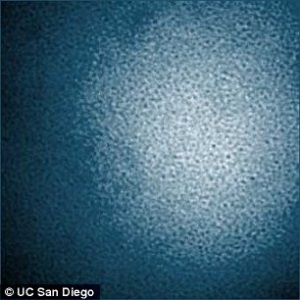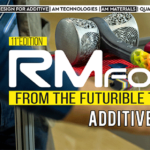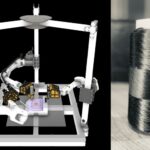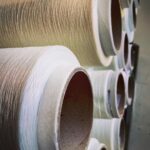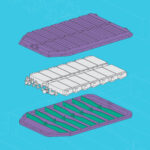The newly developed material is capable of tolerating heavy impacts with no sign of deformation. It can retain most of its initial strength and does not break down after crossing its elastic limits, making it a potential candidate for a myriad of applications, ranging from body armor for soldiers and drill bits to meteor-resistant casings for satellites.
The researchers have described their work in the Scientific Reports journal. In this process, a powdered iron composite is heated up to exactly 630°C (1166°F) and then rapidly cooled down.
The new material is called SAM2X5-630. It exhibits an impact resistance much higher than any “bulk metallic glass,” which is a class of synthetic materials first produced in the 1960s, and exhibits disproportionate strength, elasticity, and resilience due to its unique chemical structure.
At the atomic level, metals and metal alloys typically possess a well-ordered, crystalline structure. Bulk metal glasses (BMGs) are the result of subjecting metals and metal alloys to extreme heating and subsequent rapid cooling, causing their atoms to excite into disorganized arrangements and subsequently freeze. BMGs are typically strong, highly elastic, tough to fracture, and resist scratching. For instance, the strength of a commercially available zirconium-based BMG is double that of titanium.
The SAM2X5-630 is not completely glass. The use of the exact temperature and timing led to the formation of this material with the unusual chemical structure. When the heating and cooling conditions of the same iron composite are different, a material with an entirely random atomic arrangement is formed, but without the impressive elastic properties.
A 1.5 – 1.8 mm-thick SAM2X5-630 piece exhibited a Hugoniot Elastic Limit of 11.76 ± 1.26 GPa. The Hugoniot Elastic Limit is defined as the maximum shock sustainable by a material, without deforming it irreversibly. For comparison, the elastic limit of stainless steel and tungsten carbide is 0.2 GPa and 4.5 GPa, respectively. Tungsten carbide is a high-strength ceramic material utilized in military armor. Though, the value for diamonds is 60 GPa, they are not suitable for many real-world applications.
At UC San Diego, the researchers used a spark-plasma sintering process to produce the material. The process involves pulverizing the iron compound, placing it in a dye, and zapping it with a current. As a result, the material is superheated to the point of binding without liquefying it.
Eliasson and Hodge partnered with former PhD student Gauri Khanolkar of USC, Michael Rauls of Caltech, and James Kelly and Olivia Graeve of the Jacobs School of Engineering at UC San Diego.
The Defense Threat Reduction Agency, grant HDTRA1-11-1-0067, supported the research work.
Caption: credits UC San Diego


